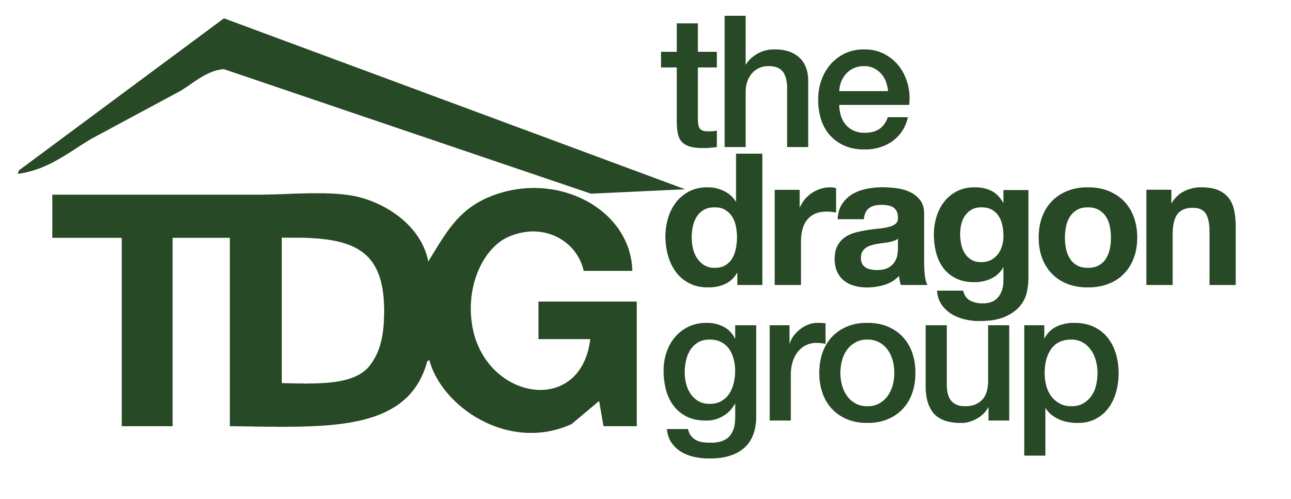If your company is serious about sustainability, one of the most important things to do is tracking carbon emissions before you can even go about trying to create a carbon footprint target. This causes tracking greenhouse gas (GHG) emissions to be one of the largest obstacles in mitigating emissions. Increasing climate change related threats as well as America’s re-commitment to the Paris agreement will likely bring regulations and standards on industrial and commercial GHG emissions, making tracking GHG emissions a proactive way to give you a business advantage in the future.
Currently, there is no globally accepted standard for calculating greenhouse gas emissions. However, the EPA does offer a GHG inventory development process and guidance. This guidance includes three scopes that can help you compartmentalize where your GHG emissions are coming from and where you should focus your mitigation efforts:
Scope 1 covers direct emissions from owned or controlled sources. I.e. what you burn. This includes emissions from company owned facilities and vehicles, but does not include purchased electricity. These are your direct emissions.
Scope 2 covers indirect emissions from the generation of purchased or acquired electricity, steam, heating, and cooling consumed by the reporting company. I.e. what you buy. These emissions usually occur on company location but must be purchased by the company.
Scope 3 includes all other indirect emissions that occur in a company’s value chain. I.e. everything. This can include waste during operations, employee business travel and commuting, emissions from purchased goods as well as transportation emissions in the supply chain.
The 3 scope approach is helpful for understanding where emissions sources are the largest and what sources should be targeted for mitigation efforts. Calculating emissions can also add a measurable component to your ESG strategy. Contact The Dragon Group to learn how to incorporate the 3 scope approach into your ESG strategy.

